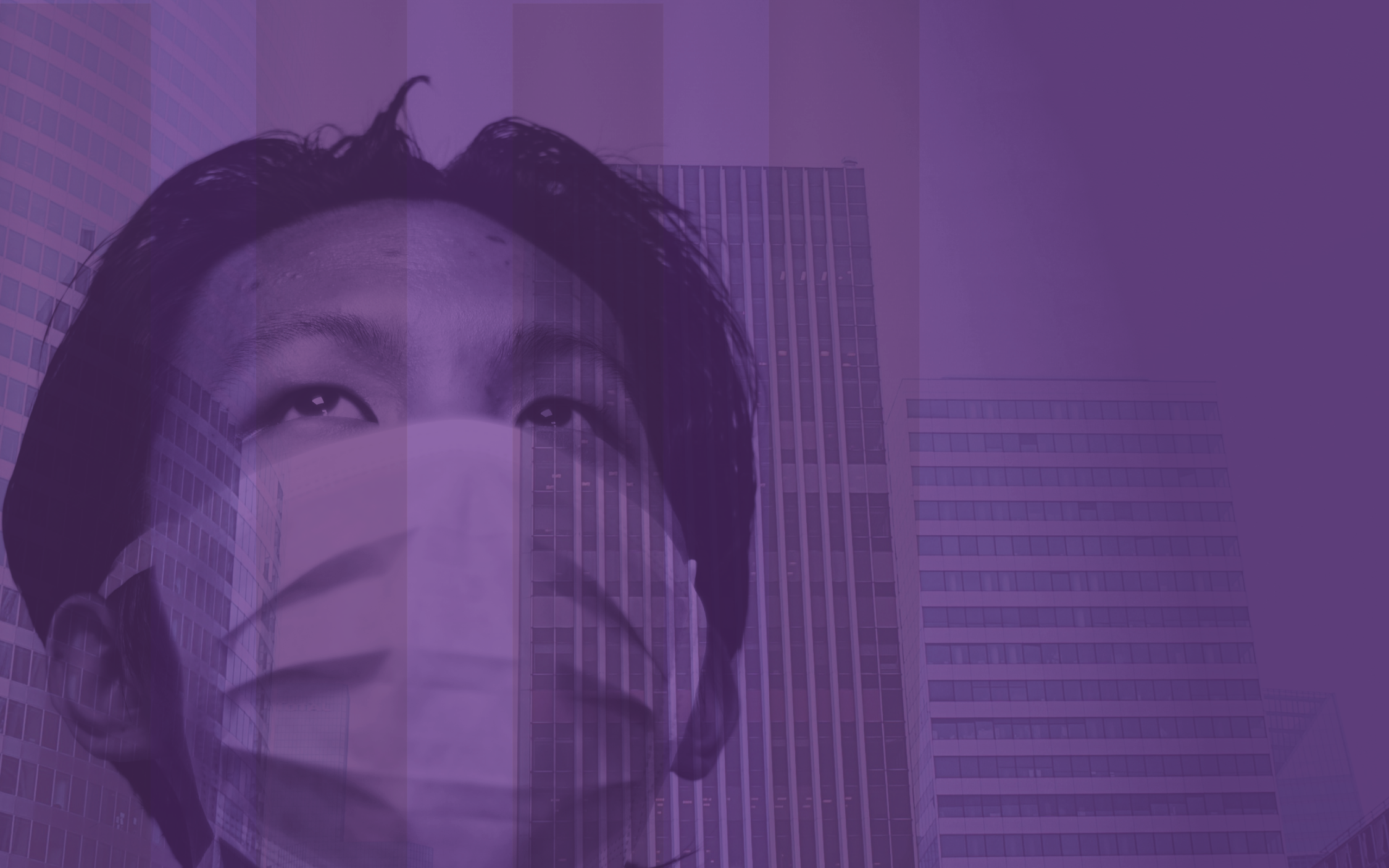How will our cities change post-pandemic? And how do we create solutions that ensure resilience without compromising on livability and sustainability?
The Nordic partnership between DOGA – Design and Architecture Norway, Danish Design Center, BLOXHUB, Gehl Architects, Urban Agenda, and Copenhagen Institute for Future Studies, has set out to dive into the dilemmas of post-pandemic cities when it comes to climate, behaviour, design, and livability. Throughout 2020 seven debates and talks were held on the subject and below we have gathered five key takeaways followed by short interviews with partners and speakers:
We need to rethink urban spaces
During the pandemic, many seek towards nature to be shielded from infection risks. This is an evident sign that we should implement more green areas, etc. in cities making them more usable. This means a rethinking of urban spaces. During the COVID-19 lockdown, large open squares have been mostly empty. How can we adapt these areas to be more usable?
Local areas have been used much less during the lockdown as well. For the future, this means that we should take inspiration from local environments in the planning of larger cities, focusing on urban development in local neighborhoods – e.g. moving stores and cafés from city centers to the smaller districts.
The importance of urban proximity – interview with Jeff Risom, Gehl Architects
We need agile and flexible buildings and urban spaces
Modern buildings are often quite ‘locked’ concerning space and room planning (rooms with few functions). A good point can be to go back to more changeable homes, where rooms have several options of use that can be adjusted to the residents changing needs. This applies to city planning as well.
Designing urban spaces for everyone. Multipurpose spaces – interview with Monica Moeskær, Danish Design Center
Building resilient cities – interview with Siri Holmboe Høibo
The future calls for collaboration and an orientation towards communities
“Co” stands as a central prefix in a COVID-19 context. It is about co-living, co-working and co-creating.
Positive effects from co-living are, amongst others, increased social wellbeing during a pandemic and a smaller climate footprint. Co-living also means mixing population segments more, e.g. across age. This can contribute to a decrease in inequality and how exposed the population of an area is to infection.
Because of the pandemic we, as citizens, have become more aware of our surroundings. Ole B. Jensen talks about a “commoning of the air between us”, meaning that air and spaces have become a matter of the common that carries a risk, which we are now aware of.
Keeping a sense of community while being apart – interview with Pernille Berg, BLOXHUB
The future is (even more) digital
Digitalization has accelerated during COVID-19. Moving the office home, means that meetings have become digital, not from choice, but necessity. The same goes for e.g. doctor’s appointments. Formats that used to require a physical presence are pushed towards a more digital structure. Health has also moved into people’s digital everyday life with the Danish Smittestop app (for tracking and preventing spread of infection). Here, people show more accept towards giving away data than they tend to under normal circumstances.
Tech can work as a pharmaceutical, a drug or poison if used without reasoning. Although working from home can mean that people will use tech less in their free time, because another type of social contact is favorable.
Digital and human aspect – interview with Lasse Jonasson, Copenhagen Institute for Futures Studies
Healthy buildings will become more important as means to decrease infection risks
John Macomber and Joseph Allen (Harvard University) have written about a “hierarchy of controls” when it comes to decreasing risk of infection: 1. Eliminate the hazards. 2. Substitution (only bring the most important people back to work). 3. Engineering controls (healthy building strategies, e.g. ventilation, air filtration), 4. Administrative control (keeping track of lines, customer flow etc.), 5. PPE; personal protective equipment (e.g. masks). They also point to accessibility (small changes at a low cost) as a central factor for the hierarchy to work.
The above provides an incentive to think in “more healthy buildings”, which can also contribute to increasing employees’ efficiency and wellbeing.







